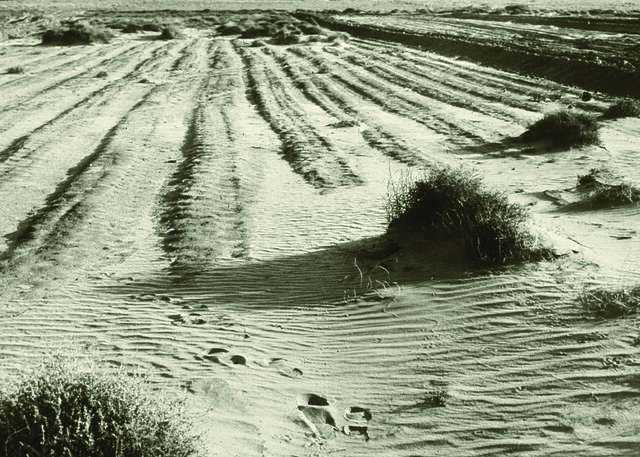From the classroom to the farm to the boardroom, women in agriculture are helping to pave the way for a better future. As leaders, it is our responsibility to make sure the next generation of women are educated, encouraged and empowered to take on the challenges of meeting the world’s growing food, fuel and fiber needs. To celebrate and honor the contributions of women in agriculture, USDA is releasing a series of state-by-state infographics detailing the impact women have on agriculture in each state and across the country. Be sure to share these infographics on social media or print them to help tell the story of women in ag in your state!
Over the past few months, we’ve also been featuring the powerful stories of women in agriculture on the USDA blog. By following the #womeninag tag on the USDA blog, you can read first-person accounts from women like Carissa Koopmann Rivers, a fifth generation cow/calf rancher from Sunol, California, Casey Cox, the Executive Director of the Flint River Soil and Water Conservation District, and Dr. Jewel Hairston, the Dean of the College of Agriculture at Virginia State University.









